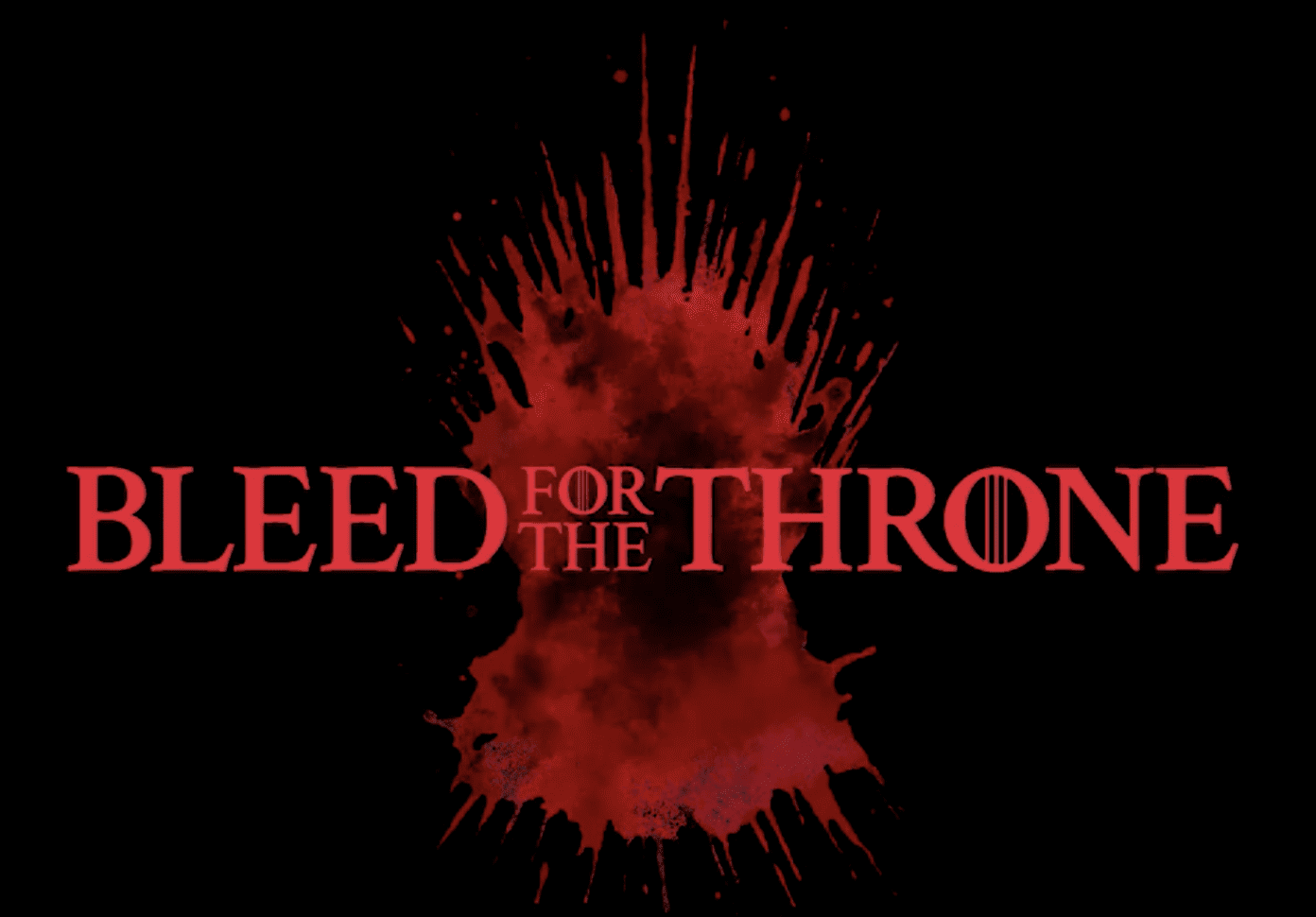The final episode of Game of Thrones set an HBO record, with 19.3 million viewers tuning in on May 19. Though this number sounds big, it’s small potatoes compared to the numbers generated during the heyday of linear television: consider the 105.9 million viewers attracted by the M*A*S*H finale in 1983, for example. The reality is that we’re simply not gathering around our TV sets to create massive audiences for advertisers anymore (with notable exceptions such as the Super Bowl). In fact, audiences are increasingly fragmented as they watch television shows across multiple devices and channels, on their own time and terms. What do these changes mean for advertisers?
The Challenges
For one thing, it’s harder to reach people en masse. And depending on the viewing platform, television shows may not even offer an opportunity for advertisers to air commercials. Sure, the Big Three television networks still allow advertisers to place ads, and opportunities like the Super Bowl and Academy Awards can still be lucrative. But shows appearing on HBO or streaming platforms like the forthcoming Disney+ don’t accept advertising.
Opportunities in a New Era
So what’s an advertiser to do in an era of connected TV?
- Take advantage of the good things that are part and parcel of the connected TV era, like the tools that now exist to help you understand your audience. There are technologies out there — AUDIENCEX is one example — that allow advertisers to come up with more targeted ads. You may no longer have the ability to advertise to massive audiences, but you can target smaller, deeply specific demographics you think might respond to your product: millennial women who live in Boston, say. You can also better understand, and act on, the times that audience might respond best to what you’re selling.
- Get creative. Find resourceful ways to advertise online, as many businesses did to capitalize on the popularity of Game of Thrones. Johnnie Walker was one of the advertisers to invest in a creative campaign to reach customers who not only like whiskey, but also happen to have more than a passing interest in the Song of Ice and Fire. Its White Walker blend of Johnnie Walker whiskey, “[b]est served ice cold from the freezer,” played on the themes of the show. So did Oreo, which in a masterstroke of creativity recreated the Game of Thrones title sequence using limited-edition Oreos stamped with Game of Thrones house emblems.
Both the whiskey and cookie campaigns knew how to tie in to the cultural phenomenon that was Game of Thrones in smart, inventive ways, making both products shoe-ins for the themed show-end parties that inevitably took place around the globe. Meanwhile, Shake Shack offered Game of Thrones menu tie-ins—a Dragonglass Shake made of custard “frozen with packed snow harvested beyond the Wall,” and a Dracarys Burger “griddled by the fires of Drogon and Rhaegal.” The items, part of a secret menu, were meant to be ordered in Valyrian, a tongue consumers could master with the help of a Shake Shack-provided translation guide. Mountain Dew featured a cast of musicians singing the Game of Thrones theme as part of Mountain Dews #ACanHasNoName campaign — an example of how businesses incorporated humor to provide light commentary on a TV show known for its heavy themes.
https://youtu.be/1UcuwelqKEw
These brands typically relied on social media channels such as Facebook, Twitter, and YouTube to generate audience impressions that would continue to accumulate after the final episode of Game of Thrones. The tie-ins weren’t restricted to food and drink. Adidas’ Twitter promotion highlighted six limited-edition pairs of shoes “[i]nspired by the colours and details of the Seven Kingdoms and beyond The Wall.”
Even the American Red Cross got in on the action, partnering with HBO to kick off a Bleed #ForTheThrone Facebook campaign that encouraged blood donations in exchange for an opportunity to win an Iron Throne. The Red Cross did its homework, too, spending the largest majority of its advertising dollars to reach males in Hartford, Connecticut, and Chicago where apparently the appeal of one’s own Throne looms large, as noted here.
As these examples show, it’s never been a better time for advertisers to tap into popular culture to invigorate their brands. The nature of the rules—and opportunities—has simply changed. The question is: have you?
Contact us. We understand advertising in the era of connected TV.
